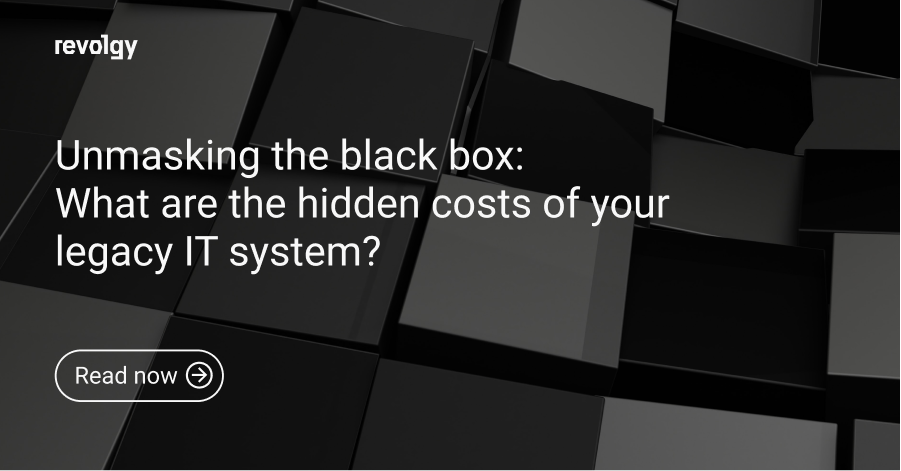Google Workspace, Cloud Platform Services
A comparative look at legacy IT costs and modern SaaS solutions
In the old days, keeping track of IT expenses was like trying to find a needle in a haystack due to outdated, unclear legacy systems. But now, thanks to new Software as a Service (SaaS) options like Google Workspace and JumpCloud, understanding where your money goes is straightforward.
This article compares these two IT models, highlighting modern SaaS solutions’ cost transparency, flexibility, and business benefits.
Non-transparent legacy IT costs
A lack of transparency in cost often characterizes traditional legacy IT systems. Companies may know what they’re paying upfront for hardware and software licenses, but there are often additional, less obvious expenses. These can include maintenance costs, upgrades, system repairs, and the ongoing expense of a dedicated IT staff to manage the infrastructure.
Furthermore, these systems usually require a significant upfront investment. This approach ties up capital and involves some guesswork, as businesses have to try to predict their future IT needs. This can lead to wasted resources if the capacity is overestimated or a lack of necessary resources if underestimated.
Transparent and flexible SaaS solutions
Modern SaaS solutions like Google Workspace and JumpCloud represent a dramatic shift from the traditional IT model. Instead of having to make a significant upfront investment, these services operate on a subscription basis. You pay for what you need when you need it, allowing for much greater flexibility and cost control.
Moreover, these platforms are designed to be transparent. They offer detailed breakdowns of costs, showing exactly what you’re paying for. They also provide insights into usage, enabling businesses to understand their IT consumption better and make more informed decisions.
In addition to cost transparency, SaaS solutions are incredibly flexible. They can be quickly scaled up or down according to business needs. This means you’re only paying for what you’re using rather than investing in a capacity that might go unused.
Finally, these solutions can drive business benefits beyond just cost savings. They can enhance productivity with collaborative tools that enable teams to work more effectively. They can also offer robust security features, helping protect businesses from the increasing threat of cyberattacks.
Read our case study about a modern cloud solution implemented by ROUVY, an indoor cycling app, that managed an upsurge in clients from around the world thanks mainly to Google Cloud.
It’s all about the money. Let’s compare!
The legacy IT costs
Let’s assume a medium-sized business with 100 employees. The business needs servers for data storage, processing, and hosting business applications.
- Hardware and software costs: The company spends $20,000 on server hardware, and $10,000 on software licenses, for a total initial cost of $30,000.
- Maintenance and support: These servers require regular maintenance and support, costing approximately 20% of the hardware cost per year — that’s an additional $4,000 annually.
- IT personnel: The company also needs a dedicated IT team to manage these servers. Assuming an annual salary of $70,000 for one IT professional, the personnel cost adds up significantly.
- Upgrade costs: The servers need an upgrade every few years, which incurs further costs.
So, over a five-year period, the company could easily spend over $200,000 on its IT infrastructure — not including unforeseen costs like system failures or security breaches.
A modern SaaS solution
Now, let’s consider the same company switching to a SaaS model with Google Workspace and JumpCloud.
- Subscription costs: Each employee gets a Google Workspace account for $12 per user/month. That’s $1,200 per month, or $14,400 per year. The JumpCloud subscription costs $10 per user/month, adding up to $12,000 annually. So, the total annual subscription cost is $26,400.
- Maintenance and support: Most of this is covered in the subscription fee. The SaaS provider takes care of maintenance, upgrades, and security.
- IT personnel: With the transition to SaaS, the role of the IT team changes. Instead of maintaining servers, they can focus on strategic tasks. The company might still need an IT professional, but their role will be more strategic rather than simply maintaining systems.
So, over the same five-year period, the company’s IT costs could total around $132,000 using SaaS — a significant saving compared to the legacy system. Plus, this doesn’t account for the added benefits of scalability, enhanced productivity, and better security offered by the SaaS model.
In conclusion, while legacy IT systems can often feel like a black hole for your budget, modern SaaS solutions offer a much clearer, more transparent, and flexible alternative. They represent not just an IT cost but a valuable investment that can drive productivity, enhance security, and support business growth.
So, as you look to the future of your IT strategy, consider stepping out of the black hole and into the clear sky of modern SaaS solutions. The difference could be transformational for your business.
Are you interested in knowing more about the cloud and its solutions? Find more articles, case studies, and podcasts on our website.



